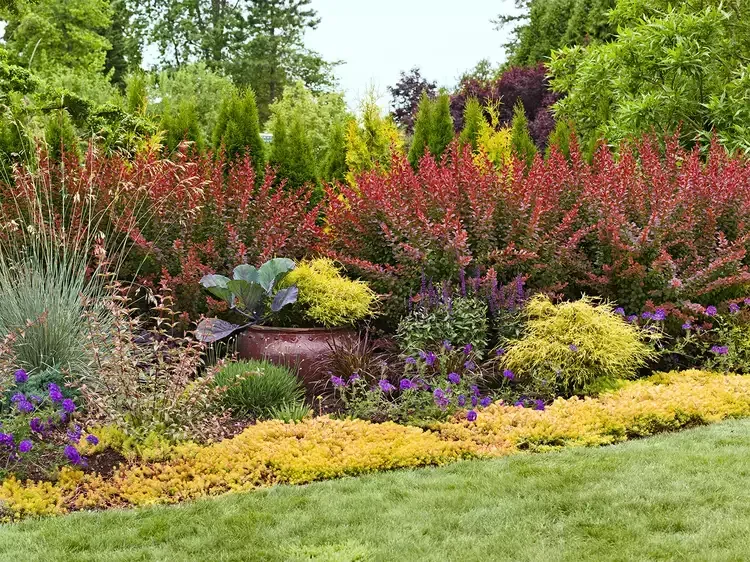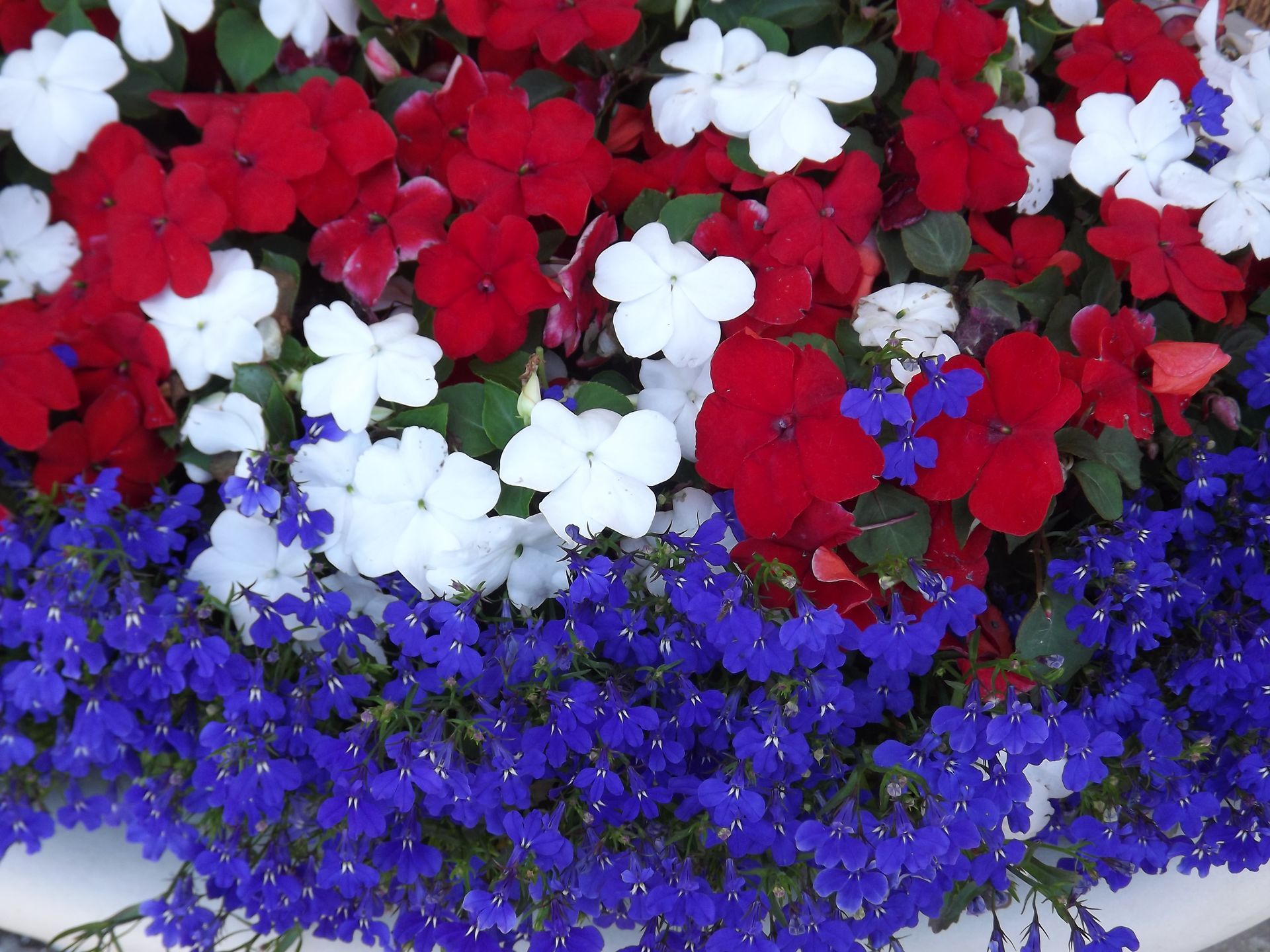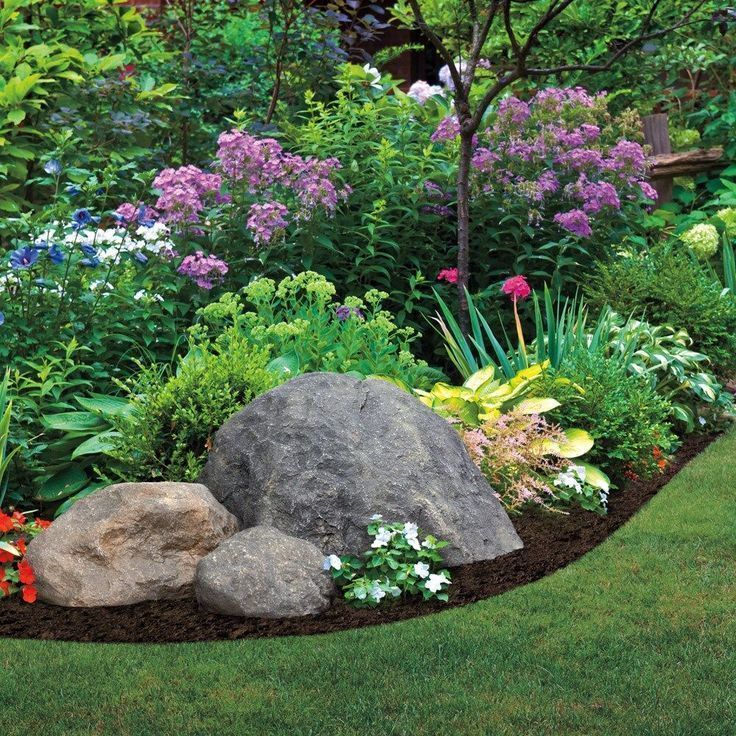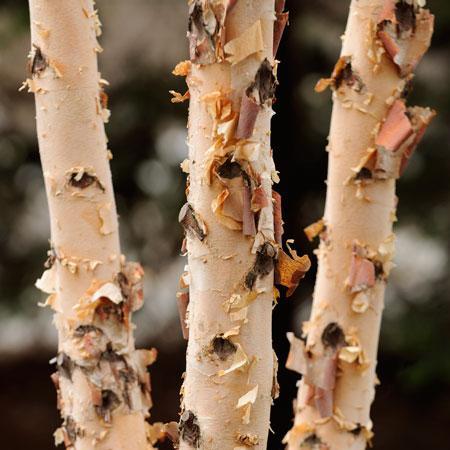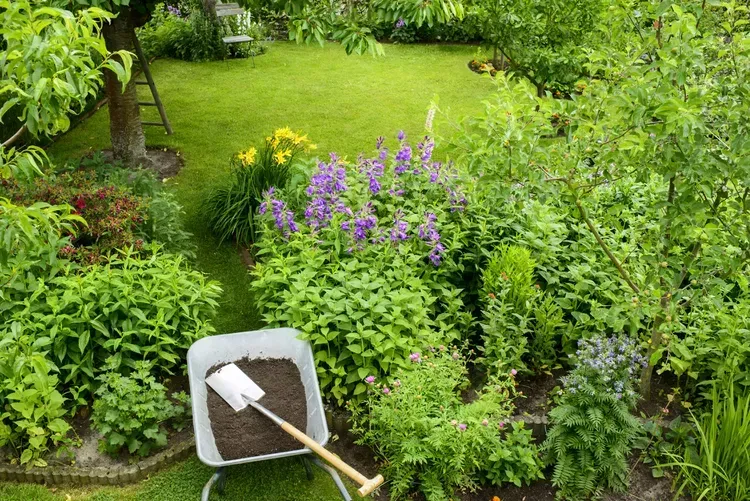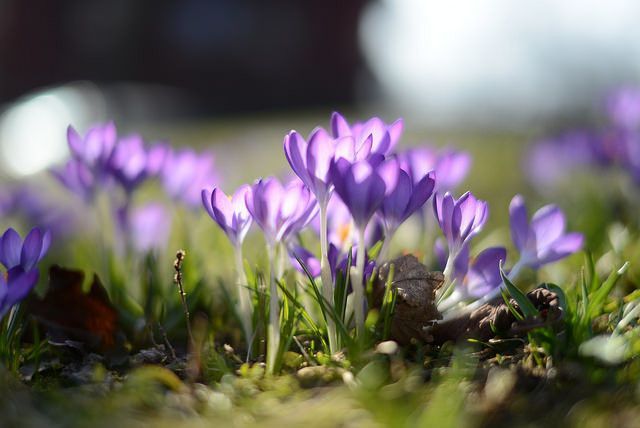One of Our Favorites!
HYDRANGEAS - HOW TO GROW & CARE FOR HYDRANGEA FLOWERS
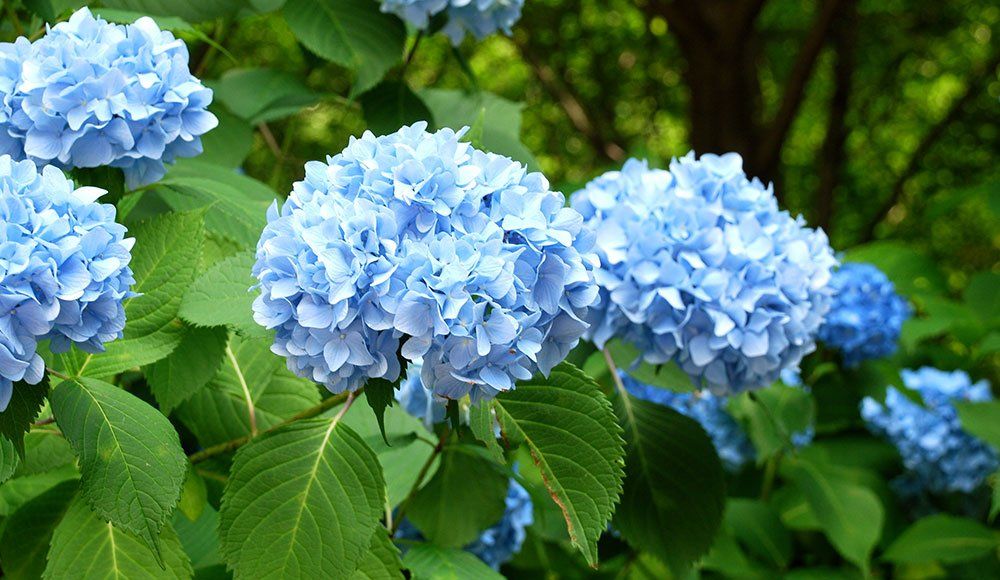
HYDRANGEA OVERVIEW
Zones: Hydrangea varieties suitable for zones 3-9.
Height/Spread: Mature size differs depending on the variety. Some are as small as 3-feet tall and wide, while others can reach 15-feet tall and 12-feet wide.
Sun or shade? Most hydrangea plants bloom best in part shade, but some will tolerate full shade or full sun. The amount of sun they can handle depends on your location—in areas further north they can take more sun, while further south they prefer just a few hours of morning sunlight.
Bloom time: Hydrangeas usually bloom in summer, with some blooming earlier in the season and some later (and if you’re lucky, possibly even into fall).
Flower color: Most bloom in shades of blue, purple or pink, but there are also white, green, and even some red varieties. Many will open one color and then change colors as they age. Additionally, some hydrangea flower colors (mainly on bigleaf or mountain varieties) can be manipulated to be more blue, pink or purple depending on soil composition and soil pH levels.
PLANTING HYDRANGEAS
Growing hydrangeas successfully starts with the planting process. It's all about timing, location and healthy soil.
When to plant hydrangeas:
Container-purchased plants should be planted in spring or fall. Make sure there is no threat of frost when planting.
Where to plant hydrangeas:
- The best location is one that receives morning sun and afternoon shade. If you live further north, they will tolerate more sun (possibly full sun all day).
- Consider mature size, give it plenty of room to grow.
- Choose an area with excellent drainage. Amend the soil with compost if necessary.
- Don't plant beneath a tree—the root competition and lack of sunlight will prevent them from thriving.
- Avoid planting in exposed areas where gusty winds could snap stems.
How to plant hydrangeas:
- Get your plant off to a healthy start by amending your soil with up to 15% organic matter and an all-purpose slow-release fertilizer (use half of what is recommended).
- Plant slightly higher than they were in the nursery container.
- The planting hole should be 2 to 3 times wider than the root ball to give the roots plenty of room for expansion.
- Gently loosen potbound roots before planting.
- Backfill with the amended soil and water well.
- If planting a grouping, space at least 3 feet apart (more, if planting larger varieties).
Planting hydrangeas in pots:
- Use a bagged potting mix rather than garden soil.
- Mix in a slow-release fertilizer.
- Leave 1 to 2 inches between the top of the soil and the rim of the pot for watering.
- Make sure the pot has drainage holes and has room for the plant to grow.
HYDRANGEA CARE & PRUNING
If you wait until spring to prune your mophead hydrangeas ( H. macrophylla ), be careful not to remove the new buds that are forming.
Pruning hydrangeas:
Many don’t need major pruning; most need just enough to keep them tidy by removing old flowers and dead stems, improve the shrub’s structure or shape, or to open it up to let sun and air in.
How and when to prune depends on the type you are growing. You’ll need to determine whether your plant blooms on old wood, new wood, or both before proceeding to prune.
Soil:
All like well-drained soil that is rich in organic matter. Soil composition can affect the flower color of H. macrophylla
and H. serrata
; other varieties can tolerate a range of soil alkalinity.
Amendments:
Mulch with organic material annually or add a slow-release 10-10-10 fertilizer with thorough watering before and after application.
Watering hydrangeas:
They like to be kept moist, and don’t let them dry out. Container plants may need daily watering. Add mulch to help keep soil moist.
Diseases and pests:
Generally not affected by serious disease or insect problems, however, many species may be susceptible to some bud blight, bacterial wilt, leaf spot, or mildew. Keep an eye out for aphids and mites, and treat as needed.
Why is my hydrangea not blooming?
This is more common with types that bloom on old wood (last year’s growth). Three common reasons are:
- You may have pruned at the wrong time and inadvertently removed the stems that would have produced flowers.
- The flower buds may have been damaged by a hard frost—cover plants during cold snaps if this may be any issue.
- It could be caused by too much shade or over-fertilizing.
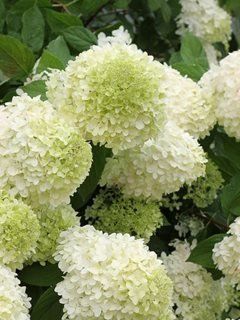
Source: https://www.gardendesign.com
